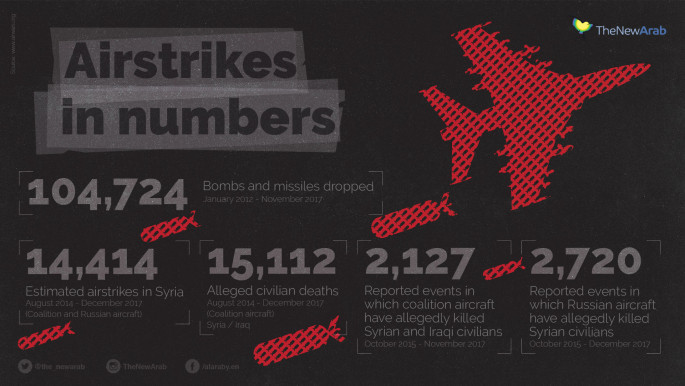Syria will see a larger American civilian presence
A larger American civilian presence is expected in Syria - including contractors and diplomats - as the fight against the Islamic State group nears its end, said the US Defence Secretary Jim Mattis on Friday.
There are currently 2,000 American troops in Syria fighting the Islamic State group.
Syrian president Bashar al-Assad has previously described US troops as "illegal invader" forces, and Mattis' comments are likely to anger the president.
"What we will be doing is shifting from what I would call an offensive, shifting from an offensive terrain-seizing approach to a stabilizing ... you'll see more US diplomats on the ground," Mattis told reporters.
Previously, Mattis had said that US forces will remain in Syria for as long as necessary to prevent the return of "ISIS 2.0".
Mattis' comments are the first time an increase of civilians has been indicated in the areas of the country retaken from IS militants.
"Well, when you bring in more diplomats, they are working that initial restoration of services, they bring in the contractors, that sort of thing," he said.
"There is international money that has got to be administered, so it actually does something, it doesn't go into the wrong people's pockets," he added.
Local forces would also need to be trained by the contractors and diplomats to ensure IS do not retake territory and to clear improvised explosive devices.
"It is an attempt to move towards the normalcy and that takes a lot of support," said Mattis. It is not clear how many US diplomats would serve in Syria or when.
The US-led coalition has no plans to target IS militants in regime-held areas of Syria, said a senior coalition official earlier in the week, despite declaring that the Syrian government is not doing enough to stop militants from moving through its territories.
There are less than 1,000 IS fighters estimated remaining in Iraq and Syria.
The Syrian conflict began when the Baath regime, in power since 1963 and led by Assad, responded with military force to peaceful protests demanding democratic reforms during the Arab Spring wave of uprisings, triggering an armed rebellion fuelled by mass defections from the Syrian army.
The brutal tactics pursued mainly by the regime, which have included the use of chemical weapons, sieges, mass executions and torture against civilians have led to war crimes investigations.



